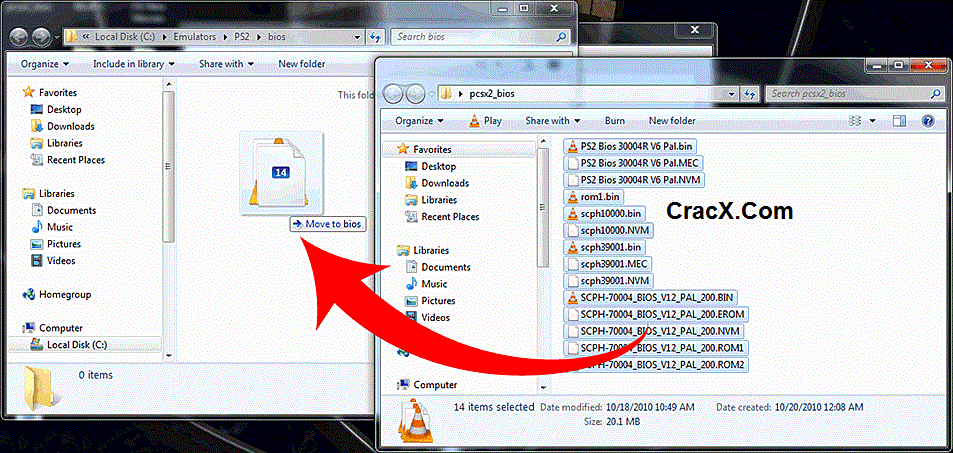

These type of codes (as well as the E-Type) codes are also commonly found in Joker codes. This automatically refills your gun to 10 bullets again, essentially causing you to never run out of ammo, nor will you ever have to reload the gun, because it never reaches 0. If you reach the point where you only have 1 bullet remaining in your gun, it will go to the next code, which is basically where it will write 'A' (10) to the address.
#Pnach files for pcsx2 latest code
So what does this do exactly? As mentioned earlier, this code looks for whether or not you have 1 bullet remaining. (Example: If my gun only has 1 bullet remaining, go to the next code and use that code, otherwise do nothing.) The D-type codes are usually a 'what if' code and are combined with exactly the same code but as a regular code instead, rather than constantly writing a value to an address. These types of codes used to not work with PCSX2, but nowadays they work fine. But it's generally always there in the code description as well. You can recognize these codes by the fact that they commonly start with 9 or F. These are not necessary for PCSX2 and you don't have to add these to your PNACH file. On a lot of sites you'll also find the so called 'Master' or 'Enable' codes. This can all be made more compact into a simpler version of that code, because items are usually almost always near each other in the memory region.

there are usually well over 100 items in any given game, so you'd get 100 lines of code for each item. An example scenario: If you plan to add items to your inventory in a game. What this means is that it's basically a type of code that allows for multiple values to be written at once through a condensed version of the original code. These are so called 'condensed' codes or alternatively for lack of a better word multi-address write codes. Sometimes you'll also find codes starting with 4. Remember to always check what the maximum values are inside each game, because you don't want to end up breaking your game by setting values way too high. So if you want to have more than 255 Gold in the game, you would have to go for the code starting with 1, or 2. If you were to go by the above example, it basically means that when you use a code starting with 0 it will only write to the last byte and it will completely ignore the other bytes. The DEC format would be 9999999 Gald.Īs mentioned previously in the guide, almost all the addresses of a code usually start with either 0, 1, or 2.Ī simple example here would be the following fake money code. amount of money you can have in the game Tales of The Abyss. This is the 'value' that gets written on the address. (More info into that further in the guide). The first number of the address is what matters when using ,extended, this determines where it will write to. While it can still be used now it's much easier to just use ,extended, as it works for each data size. In the past, PCSX2 used to make use of byte, short, and word for this. (This is where something gets stored by the game, like money values for example) These codes generally almost always start with either 0, 1, or 2.

If you want to turn a code completely off, simply comment it out with // in front of the patch=1. Gametitle=Tales of The Abyss (U) Ġ: Writes value one time only at the start of a game. Usually it will look like something like this: Now let's take a look at the structure of a PNACH file. In the above line is the game Tales of The Abyss, when looking for the CRC of the game it is the one you want after the '0x' part. Each game has a unique CRC number which can be found in the Console Log window when you run the game. The filenames are always labeled via the CRC of a game. Check the console window to see where PCSX2 is trying to load the file from if you're having issues finding the correct folder.
#Pnach files for pcsx2 latest portable
Note: If you're using the portable versions then the folders will be located in the root PCSX2 directory. Widescreen patches are stored under a different folder called cheats_ws.

When you're using regular cheats the PNACH file is saved in the cheats folder located under My Documents/PCSX2/ by default. Storing game patches (widescreen patches for example, or fixes for games) and cheats.Storing ZeroGS configurations for a game.PNACH files are used for the following things: This is an updated version of the guide explaining how PNACH files work.


 0 kommentar(er)
0 kommentar(er)
